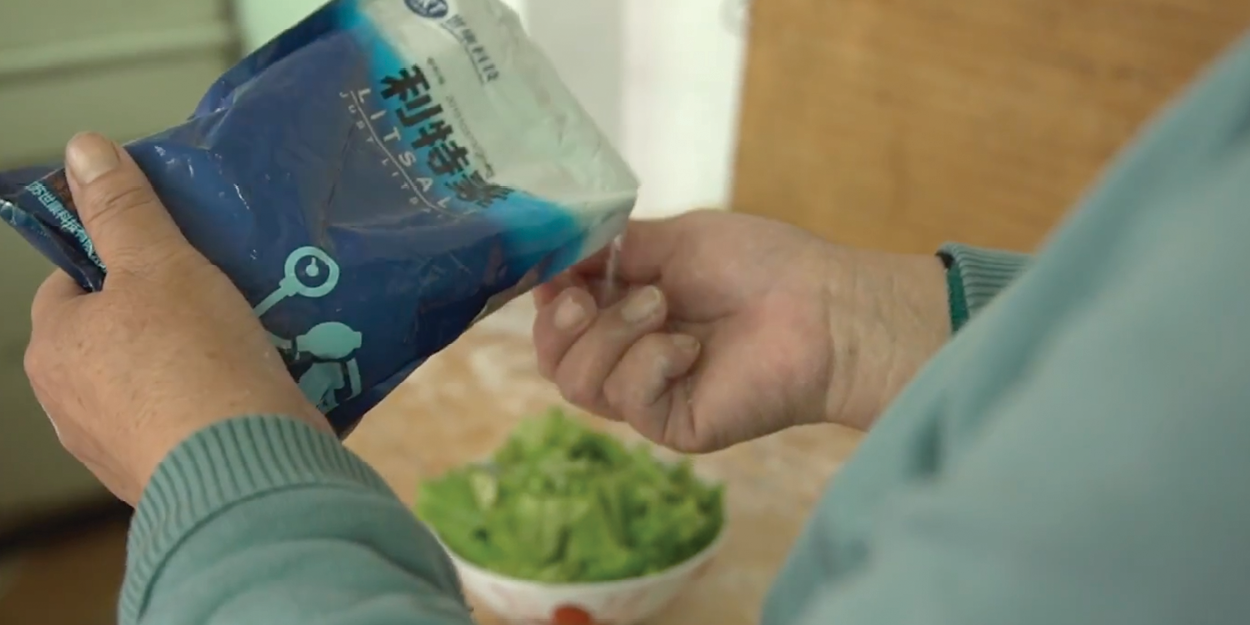
20 years of success in stroke treatment
Neurologist Professor Craig Anderson has played a key role in The George Institute's efforts to improve stroke treatment.
Previously Director of the Institute’s Neurological & Mental Health Division until moving to China three years ago to be Executive Director of The George Institute, China, Craig has been involved in evaluating different treatment management strategies for stroke since the 1990s.
His first major success at the Institute was the INTERACT 2 project, the origins of which began in 2003.
"We looked at a category of stroke that is most damaging when bleeding occurs in the brain," Craig explains. "We were trying to determine whether blood pressure could be controlled more intensively and therefore significantly reduce bleeding."
INTERACT 2 demonstrated that this management strategy improves patient outcomes. The trial's results were published in 2013 and were very soon written into international guidelines for stroke treatment, transforming clinical practice worldwide.
"It led to a number of other trials that have had equally significant results," says Craig. “It also helped establish a very cohesive research team with strong links in China and build a global network, which has fostered a number of other research projects.”
This network helped develop skills, expertise and collegiality among researchers, particularly in China.
“One of the reasons I came to China is because of this camaraderie and the successful collaborative partnerships I've had with colleagues in the country,” says Craig.
Craig has continued to build on these early successes and currently leads two international stroke-related projects and oversees several others. The first is a huge study of 70 hospitals across China, appropriately called INTERACT 3 which includes blood pressure lowering and other simple treatments within a ‘care bundle’ of quality improvement for the management for patients with intracerebral haemorrhage.
“We are trying to determine what’s the best way to control blood pressure after an acute stroke for the best patient outcome, as well as manage other variables such as temperature, and glucose and sugar levels," says Craig. “We will expand this project to countries as varied as Chile, Peru, Nigeria, Pakistan and Vietnam.”
The second study, INTERACT 4, looks at the control of blood pressure in the ambulance, immediately after patients have suffered a stroke in the home, to be undertaken across two cities in China.
“This is vital, as the control of elevated blood pressure on the way to hospital can make all the difference to the chances of a patient's survival," Craig says.
Craig and his team continue to help strengthen China's research capacity and improve the country’s management of stroke patients. However, he is also a strong believer in prevention and the Institute is carrying out projects aimed at reducing the burden of cardiovascular diseases such as heart attacks and strokes among the population.
“All of the projects we’re involved with are designed to encourage China to move away from its hospital-focused approach to healthcare and instead look to prevention, as well as cure," he says.
Excessive salt intake is responsible for high blood pressure and is closely related to hypertension, one of the most serious risk factors for cardiovascular disease. Based on disease models from elsewhere, it has been estimated that reducing the average Chinese person's intake by just a gram a day could save 125,000 lives a year.
To this end, the ambitious SSaSS study, involving 21,000 people across 600 rural Chinese villages, aims to determine if reducing sodium intake translates directly into health benefits. The five-year study is the first and largest-ever study of a dietary intervention for stroke prevention worldwide, as well as one of the largest health research studies ever undertaken in China. Likewise, the Institute’s ASK project is looking at ways to influence the population to reduce its salt consumption through advertising, interventions in restaurants and education.
The George Institute carries out a number of other salt reduction projects in Australia, the Pacific and Vietnam and was designated a World Health Organization Collaborating Centre on Salt Reduction in 2013. Craig is adamant that these kinds of innovative projects are just as important as his earlier landmark stroke studies, and reflect the Institute’s multi-sectoral approach to improving population health.
“From the outset, The George Institute has always insisted on trying to solve major health problems on a global scale,” he says. “That means we’ve never shied away from trying new things, in different ways and in new places to increase our impact.”
Celebrating 20 years: Craig’s top moments
- INTERACT 2: “The study results were written into international guidelines for strokes. That was a very significant result in clinical practice and meant The George Institute had some significant influence."
- Pioneering research: “Being able to make a difference while working in epidemiology, public health, and randomised control trials on an international scale – no other institute was doing that at the time.”
- Transforming China's approach to clinical research: "We can be proud of the fact that we have contributed to China's capacity to do high-quality meaningful clinical research in chronic diseases. We've put China on the research landscape internationally and demonstrated how to undertake good research in China for the benefit of Chinese people."

